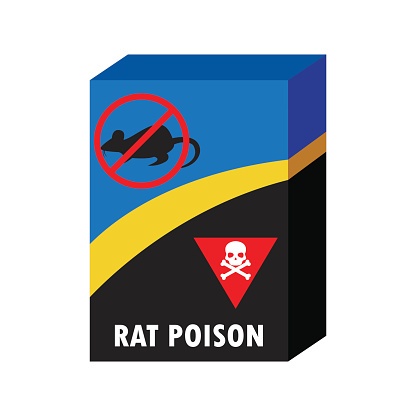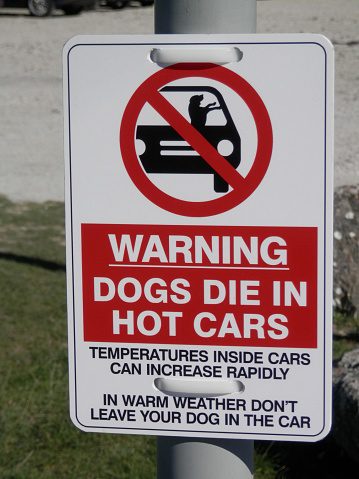Our Blog

“Doobs” and Don’ts With Marijuana in the Home
Marijuana seems to be in the news a lot these days, with laws changing around the country and the public’s perception of it changing as well. Its presence has certainly become more common—as have instances of accidental ingestion by pets.

Dogs and Cats Need Their Teeth Cleaned, Too!
Dental disease in dogs and cats is very common, especially in older ones. It is recommended to do dental cleanings annually. If that seems often, remember that we have *our* teeth cleaned every 6 months!

Harmful Algal Blooms: Avoid Dangerous “HAB-itats”!
Many dogs love the water. But when there’s a thick coating of algae, it may be best to pass on the swimming because that algal bloom could be harmful to their health.

Glaucoma: Does Your Pet’s Breed Increase Risk?
Glaucoma can develop in any breed of dog or cat. A number of breeds of cats and dogs are especially likely to develop this disease and, together with those having a history of certain medical conditions, are candidates for regular glaucoma screening. It could save your pet’s vision!

Important Change in d-CON Rodent Poison Formula
EPA regulations have led to a change in the active ingredient in many rodenticides. Be sure to keep the packaging if you use these products, as it lists the active ingredient, and bring it or any identifying material with you if you have to go to the ER.

My Cat Is Constipated! Or Is He?
It is a common assumption that if a cat is straining in the litter box, he is constipated. However, primarily in male cats, a more concerning and life-threatening reason for straining in the litter box is a urethral obstruction.

Keep Your Pets Safe and Comfortable on July 4th
It’s time to celebrate Independence Day, but your pets may need a little extra consideration, especially once the fireworks start.

Is My Dog Showing Signs of Heat Stroke?
Heat stroke can have rapid onset and is a life-threatening issue for the canine patient. Any dog left in a closed-windowed car on a hot day, for example, can develop life-threatening hyperthermia in a matter of minutes. Learn to recognize the signs that your dog is at risk.


